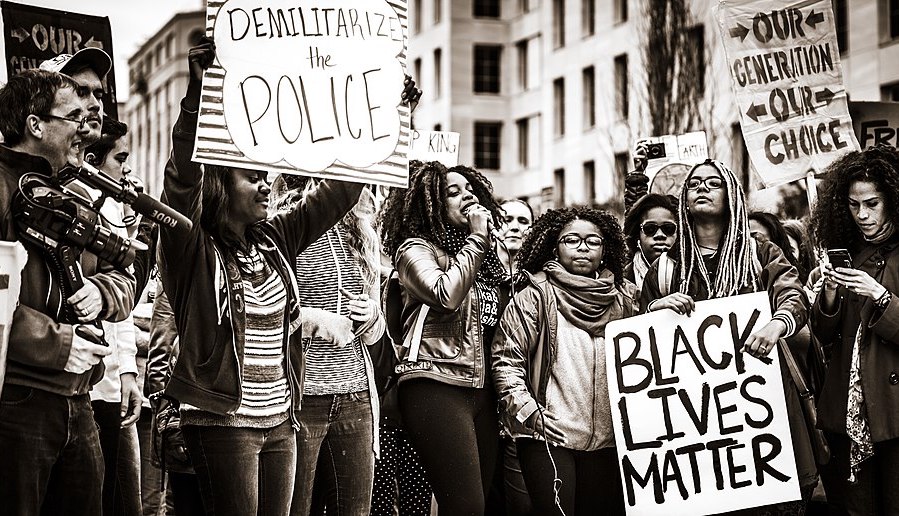The Black Press: Exploring Historical Black Newspapers with the University Libraries
In celebration of Black History Month, the University Libraries shares resources uniquely suited to expanding our understanding and appreciation of Black history: the Black press.

I was a young child when Rodney King was beaten by police and when, later, the officers were acquitted and Angelenos rose up in protest. Arguably, I was too young to be confronted with the brutality and turmoil transpiring in the country. I remained blissfully unaware, sheltered from the media coverage. Yet just a few years later when O.J. Simpson was tried for murder, my teacher turned on the TV so our (mostly white) class could watch. I’m not sure what lesson we were supposed to be learning. An introduction to the judicial branch of government? More likely, I was being fed the media diet that reflected the dominant narrative of race relations in America; one in which I, a sheltered white child, could look away from the beating of one Black man, but view the trial of another as spectacle.
Of course, an alternative to the dominant media narrative did exist. In 1996, the NAACP dedicated an issue of their news publication, The Crisis, to a discussion of race and the criminal justice system. Rodney King and O.J. Simpson are both mentioned in the cover story, which concludes with a call for “a mechanism to police the police.” A public service message runs along the footer of the article, sharing “Suggested Procedures To Follow If Stopped By Police Or Law Enforcement Officers.” It includes nine bullet points.
Such journalism, which urgently highlights the Black experience in America, is part of a long tradition. In 1827, the first issue of Freedom’s Journal stated, “We wish to plead our own cause. Too long have others spoken for us. Too long has the public been deceived by misrepresentations in things which concern us dearly.” Before the Civil War, Black newspapers like Freedom’s Journal allowed Black Northerners to argue publicly for their rights and humanity. After, the Black press remained critical in the fight against racial injustice. The sociologist and activist W.E.B Du Bois founded The Crisis in 1910 “to set forth those facts and arguments which show the danger of race prejudice.” In the early 20th century, The Crisis and other Black newspapers published articles on race, as well as Black news, Black literary reviews, Black artwork, and Black entertainment.
In addition to Black thought and culture, the Black press championed the causes of other oppressed groups. Early on, the Black press raised the profile of women in public discourse. During Reconstruction and into Jim Crow, Black women’s clubs grew in popularity and became an important seat of Black news. Through publications such as Women’s Era and NACWC’s National Notes, Black women wielded their editorial power to elevate women’s issues nationally. Later, Black newspapers published some of the first condemnations of the internment of Japanese Americans. In 1965, Muhammad Speaks, the radical Black newspaper edited by Malcom X, published a blunt critique of American financial connections to South African Apartheid. Such stances were not merely an alternative narrative; time and again, the Black press changed the narrative about social justice.
What news gets covered and who covers it shapes our collective understanding of what matters to us as a society. The Black press publishes protest, news, and entertainment that expands our perspectives and challenges our complacency. It has a legacy that deserves our attention. During Black History Month, I want to invite the University community to explore library resources that highlight Black perspectives throughout history.
Recommended library resources
- Chicago Defender
- Independent Voices: Black American
- Black Life in America
- Slavery and Anti-Slavery: A Transnational Archive
- Black Freedom Struggle in the 20th Century
- NEW! Race Relations in America
For a more comprehensive history of the Black press, see Kim Gallon’s article “The Black Press” in The Oxford Research Encyclopedia of American History













